
Medical 3D Printing and Its Types
3D printers for medical applications have taken on entirely new significance in recent years due to the rapid advancement of 3D technologies. Today, they serve as versatile production tools capable of performing a wide range of tasks. In medicine, 3D printing is actively used for:
- Creating living tissues and organs;
- Printing bones;
- Producing blood vessels;
- Manufacturing biocompatible prosthetics;
- Creating custom implants;
- Producing unique surgical instruments;
- Developing and producing auxiliary devices, among many other applications.
Of course, these are not the only areas where medical 3D printers are used, but they represent the main directions pursued by leading medical organizations worldwide. In many major hospitals and laboratories, 3D printing has already become a common practice. Professional equipment is typically purchased in large quantities for these institutions, but in this section, we want to focus on the role of desktop 3D printers in medicine.
How 3D Printers Are Used in Medicine
When it comes to using 3D technology for medical purposes, many immediately think of organ printing and other revolutionary projects. However, even ordinary FDM and SLA 3D printers can provide valuable assistance in healthcare. Here are some practical applications:
- Dental Applications: The most widespread medical field for 3D printers. Many photopolymer resins and SLA 3D devices are adapted specifically for dentistry. Today, full dental tools and implants can be produced using this method;
- Implant Production: This includes surgical implants, including metallic ones. While biocompatible titanium implants require professional medical 3D printers, prototypes and master models can be created using desktop 3D printing devices;
- Custom Medical Models: These models are essential for precise medical planning and are often based on CT scan data. They allow healthcare professionals to plan treatment accurately without disturbing the patient, effectively enabling a “surgery without surgery”;
- Orthopedic Braces: A common application of 3D printing, requiring 3D scanning. The result is a fully customized orthopedic brace tailored to the patient’s anatomical features;
- Educational Models: Medical 3D printers are invaluable for students and trainees who need to study human anatomy in detail. 3D printing provides an affordable and effective method for producing anatomical models.
Purchasing a 3D Printer for Medical Use
While not every doctor or hospital requires a medical 3D printer, its benefits in the field are undeniable. SLA 3D printing is increasingly popular among dentists due to its precision and convenience. Our company has also participated in real medical projects using FDM 3D printing and later implementing metal 3D printers.
In our online store, you can find a variety of devices for medical 3D printing. To purchase, simply contact us via the phone numbers or email listed in the “Contact Us” section. For those not ready to make a significant investment, we also provide 3D modeling, 3D scanning, and 3D printing services. More information is available here.

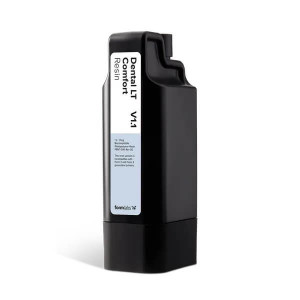
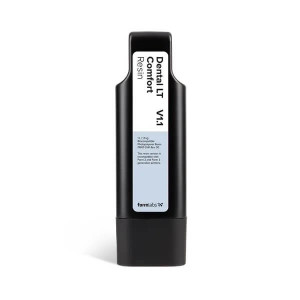
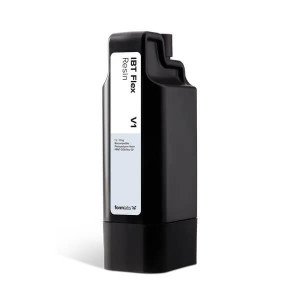
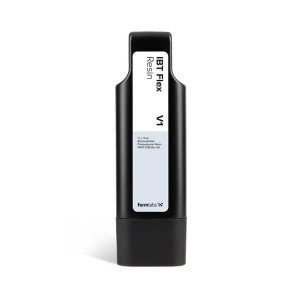
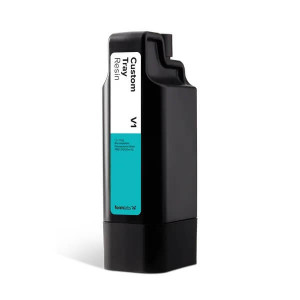
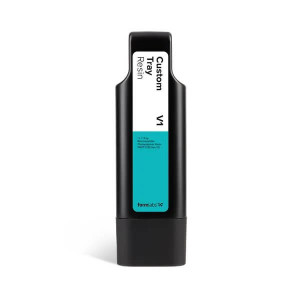
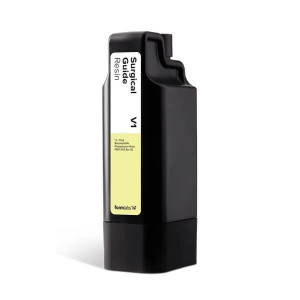

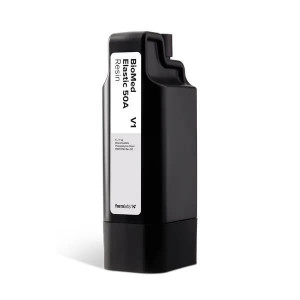

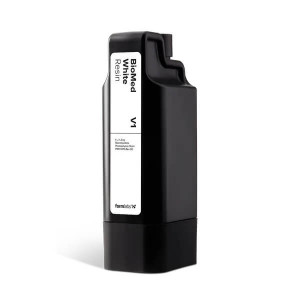

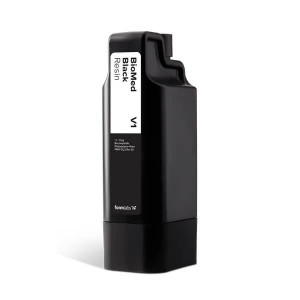
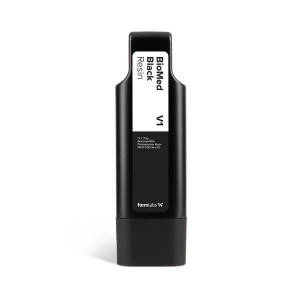
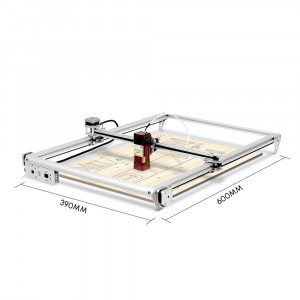
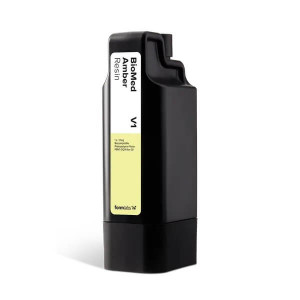

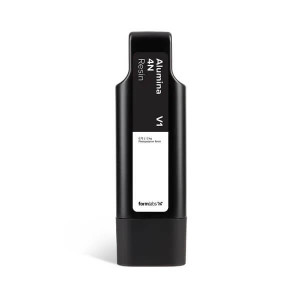
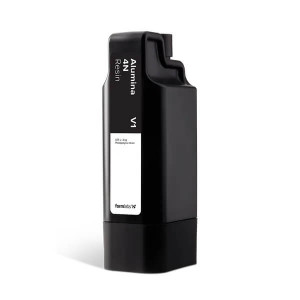
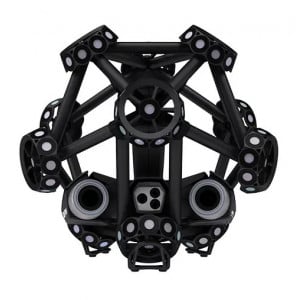
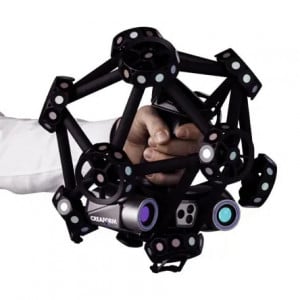
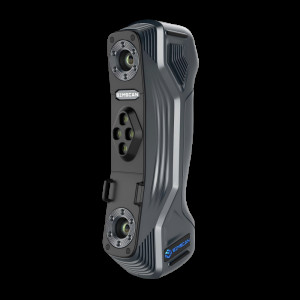
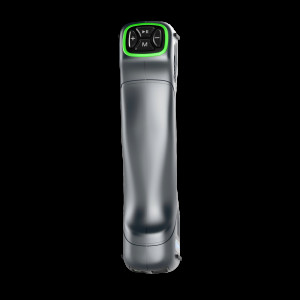
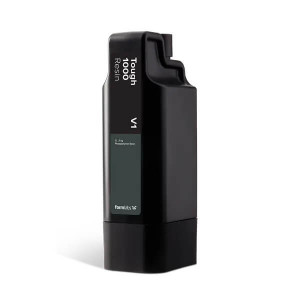
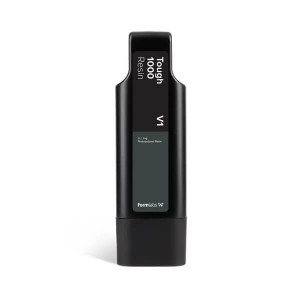

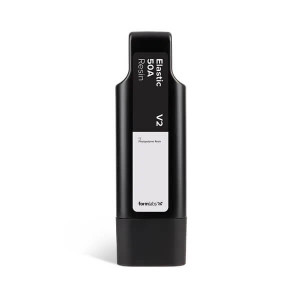
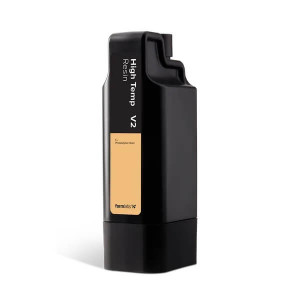
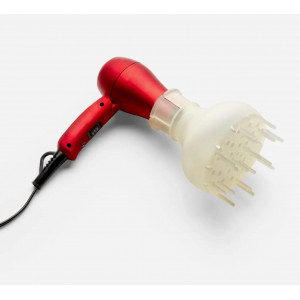
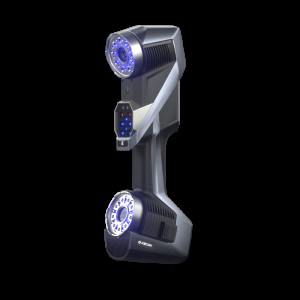
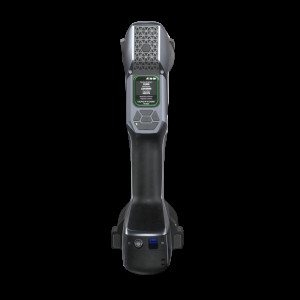


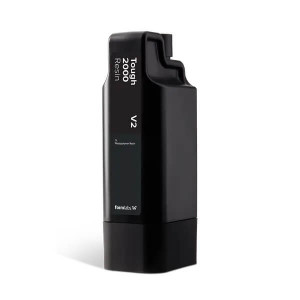
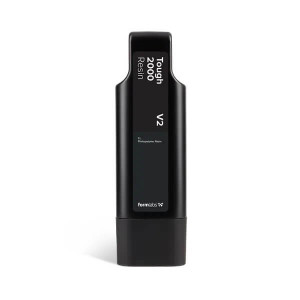

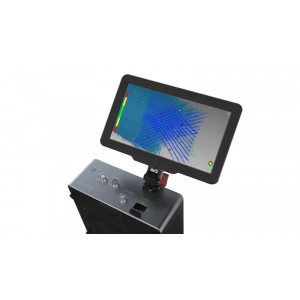
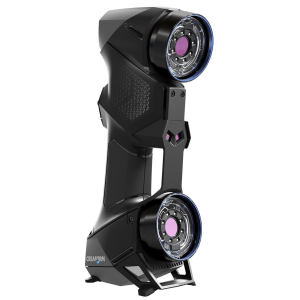
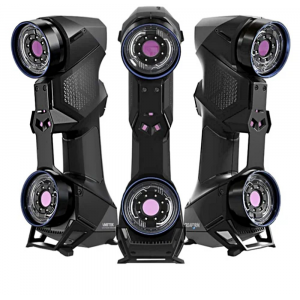



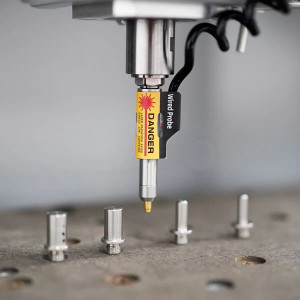
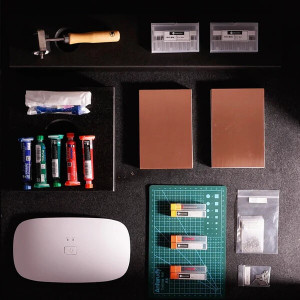
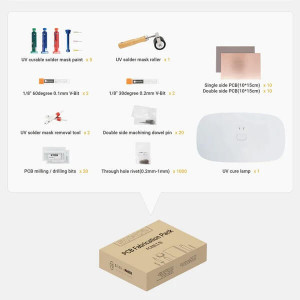
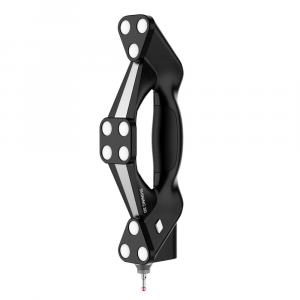

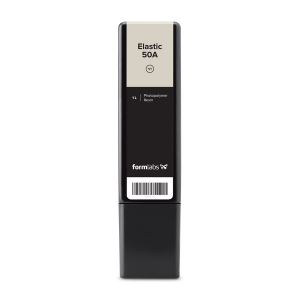

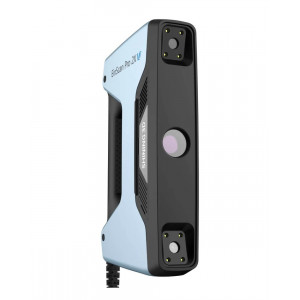
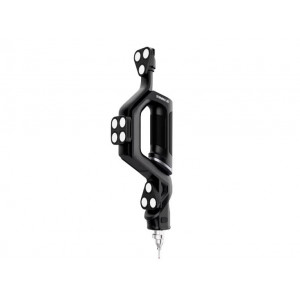
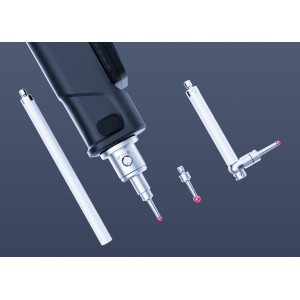
Leave a Comment